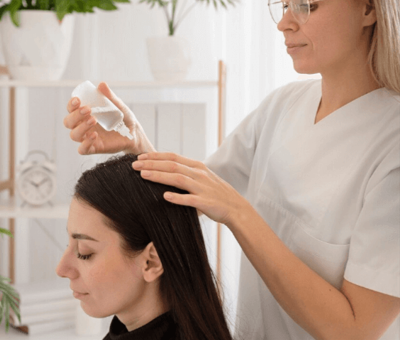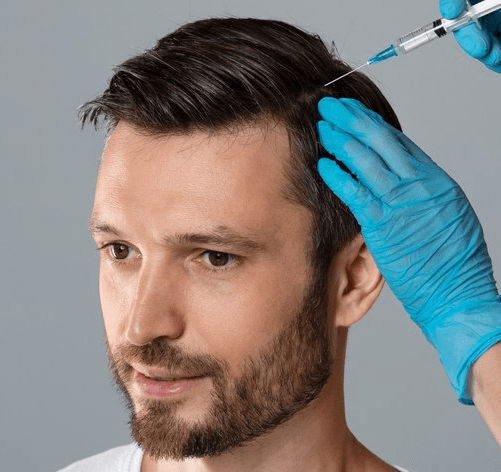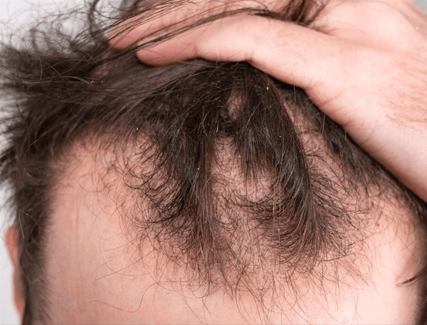Melasma, a stubborn pigmentation disorder affecting the face, often requires specialized treatment that can be costly or limited in availability in some countries. This has fueled the growth of melasma medical tourism, where international patients travel abroad to access advanced treatments, expert dermatologists, and cost savings.
While the appeal of skincare abroad is strong, it’s essential to weigh both the melasma medical tourism benefits and the risks skincare abroad entails. This guide explores the advantages and challenges to help you make an informed decision.
Benefits of Melasma Medical Tourism
1. Access to Advanced and Diverse Treatments
Some countries lead in dermatological innovation and offer cutting-edge melasma therapies not readily available everywhere. Treatments may include:
- Advanced laser technologies (Picosecond, Q-switched Nd:YAG)
- Specialized chemical peels formulated for pigment disorders
- Combination therapies personalized for different skin types
International clinics often have the latest equipment and protocols, providing patients with access to highly effective treatment options.
2. Cost Savings
One of the most compelling melasma medical tourism benefits is significant cost reduction. Countries such as Thailand, India, Mexico, and South Korea offer treatments at a fraction of the price charged in Western countries.
Lower overall expenses, including consultation fees, medications, and multiple sessions, make traveling abroad financially attractive.
3. Experienced Dermatologists and Personalized Care
Medical tourism destinations often employ board-certified dermatologists with extensive experience in managing melasma and pigmentation issues.
Patients may receive more personalized attention, thorough consultations, and tailored treatment plans compared to busy clinics at home.
4. Combining Treatment with Travel
For many, melasma treatment abroad doubles as a chance to explore a new culture, enjoy a relaxing vacation, and destress — all of which can positively influence skin health and recovery.
Risks of Skincare Abroad for Melasma Treatment
1. Variable Quality and Safety Standards
Not all clinics abroad maintain the same hygiene or safety protocols as those in your home country. This can increase risks of infections, improper treatment, or adverse effects.
Researching clinic credentials and verifying certifications is crucial to avoid complications.
2. Misdiagnosis or Inappropriate Treatment
Melasma is a complex condition often confused with other pigmentation disorders. Without a thorough, accurate diagnosis, you may receive ineffective or harmful treatments.
Language barriers or rushed consultations can increase this risk during international visits.
3. Limited Follow-Up Care
Melasma treatments generally require multiple sessions and ongoing maintenance.
When patients return home after initial treatment, they might face challenges accessing the same products or follow-up care, potentially compromising results.
4. Travel-Related Challenges
Flying soon after procedures like laser treatments can increase swelling or discomfort.
Also, exposure to sun during travel or in hot climates may worsen melasma if strict protection isn’t maintained.
5. Legal and Financial Risks
If complications occur, pursuing legal action abroad can be complicated and costly.
Some clinics may not provide adequate patient protection or insurance, making financial recovery difficult.
How to Minimize Risks and Maximize Benefits in Melasma Medical Tourism
- Choose reputable clinics: Verify certifications, doctor qualifications, and read independent reviews.
- Have a virtual consultation before traveling: Discuss your condition and treatment plan thoroughly.
- Plan for adequate recovery time: Avoid scheduling flights immediately after procedures.
- Prepare for rigorous sun protection: Pack high-SPF sunscreens and protective clothing.
- Understand post-treatment care: Confirm availability of follow-up visits or virtual support.
- Purchase travel insurance covering medical tourism complications.
Conclusion
Melasma medical tourism benefits can offer international patients access to affordable, advanced treatments and expert care in attractive destinations worldwide. However, the risks skincare abroad must be carefully considered and mitigated through research, planning, and choosing trusted providers.
By balancing these factors, patients can enjoy safe, effective melasma treatment while exploring new cultures and saving costs—making medical tourism a viable option for many seeking clearer, healthier skin.




